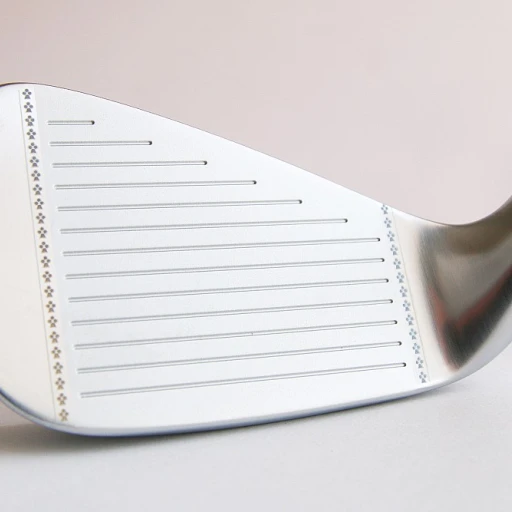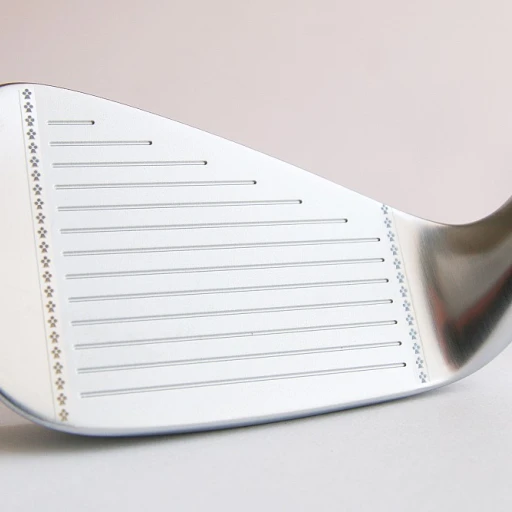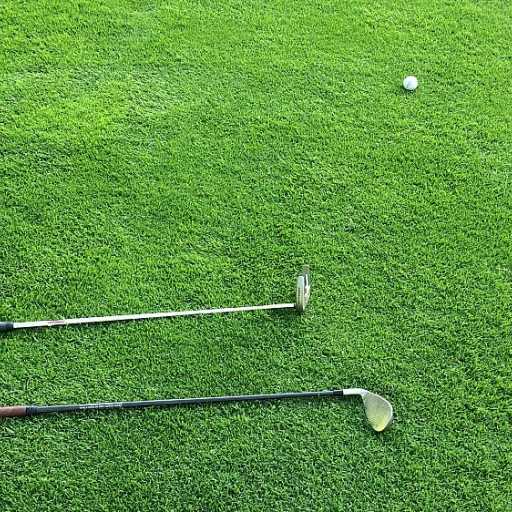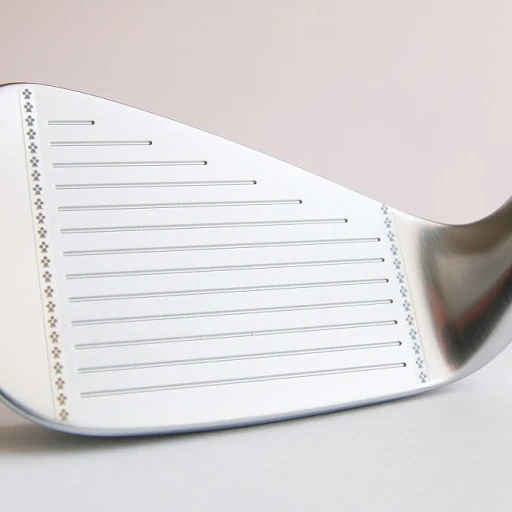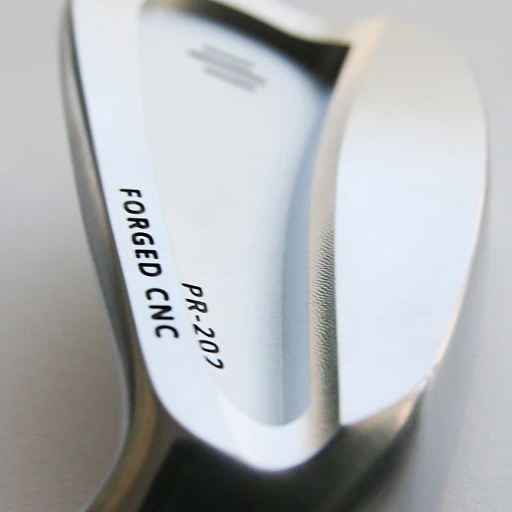
The Basics of Golf Lingo
Decoding Basic Golf Terminology
Embarking on the journey into the world of golf can initially seem overwhelming with its vast array of terms and phrases. However, understanding the foundational lingo is the first step toward becoming a knowledgeable player.
A golf course comprises a series of holes, each designed uniquely with various challenges. Each hole includes a tee area where players start their game. Golfers aim to hit the golf ball from the tee to the green, attempting to place the ball in the hole in as few strokes as possible.
One of the core goals in golf is achieving a score that reaches par. A par indicates the predetermined number of strokes a skilled golfer is expected to need to complete a hole. For instance, a "par 4 hole" requires four strokes to hit the ball into the hole to meet the par score. It's important to note the distinction between stroke play and match play, as these are different scoring methods.
The tee shot is the initial shot taken from the tee area. Whether a player is right or left handed, understanding the golf swing technique and the right use of each golf club is crucial for success. Mastering the art of placing the club head correctly to effectively hit the ball is fundamental.
Players will regularly hear about commonly used terms such as a "putt," which is a stroke made on the putting green with the aim of getting the ball into the hole from a short distance. Familiarity with golf slang like "birdie" (one stroke under par) and "bogey" (one stroke over par) can also make conversations on the course with other players more engaging.
By grasping these basic golf terms, players can better appreciate the sport and prepare themselves for deeper immersion into the etiquette, rules, and culture of golf as they progress in skill and experience.
Understanding the Course
Breaking Down the Fundamentals of a Golf Course
Understanding the layout of a golf course is essential for any new golfer. Each course has its unique characteristics, but certain elements remain consistent across the board.
A typical golf course is made up of 18 holes. Each hole begins on a tee and ends on the green, where the actual hole is located. Along the way, golfers will encounter various hazards—such as sand traps and water obstacles—that add complexity to the game.
Courses vary significantly in terms of difficulty and length. The goal is to complete each hole in as few strokes as possible. The ideal number of strokes for a hole is referred to as the "par". For instance, a par 4 hole is designed for a skilled golfer to finish in four strokes.
Some golf courses may also offer different kinds of play styles, such as stroke play, where the total number of strokes is counted across the course, or match play, where the focus is on winning individual holes.
Before stepping on a course, it’s also beneficial to get acquainted with the cost of golf lessons for those interested in mastering their game in a more luxurious setting.
Equipment Essentials
Tools of the Trade: Essential Equipment
Navigating the world of golf equipment can be a daunting task, but understanding the essentials ensures that you're ready to play with confidence. As a golfer, the right tools are crucial for mastering the course and achieving that perfect score. Firstly, we have the golf club, an indispensable part of the game, with each club designed for specific shots. Typically, players carry several clubs including drivers, irons, and putters, each tailored for different situations on the course. The driver, used for tee shots, has a large club head designed to hit the ball long distances down par holes. Next, consider the golf ball. A quality ball impacts not only the distance a shot travels but also how it behaves around the green. Some balls are designed for maximum distance, while others prioritize control and spin for improved accuracy and touch when you putt. It's vital to consider the golf swing and how different clubs affect each stroke. For instance, an iron might help you hit the ball with more accuracy while maintaining low trajectory, ideal for approach shots. Conversely, lofted clubs like wedges are perfect for pitching and chipping, allowing for high arcs and controlled landing around the greens. Accessories like a tee are often overlooked but are crucial for making initial shots. The tee can impact how you hit the ball, as slight variations in ball height can alter your tee shot's trajectory and distance. As you assemble your arsenal of equipment, remember that luxury is about enhancing performance and comfort. For those who value sophistication, exploring the elegance of scrolf golf could be a step towards embracing a luxurious experience on the golf course. Here, finely crafted clubs and personalized equipment cater to discerning players who appreciate the finer aspects of the game. By equipping yourself with the right tools, you'll not only be prepared for various challenges the course throws your way but also be one step closer to understanding and enjoying the rich tapestry of golf terminology in your journey towards becoming a seasoned golfer.Scoring and Rules
Decoding the Numbers: Scoring in Golf
Understanding the scoring system is crucial for any golfer aiming to improve their gameplay on the course. Scoring in golf involves more than just tallying up the number of strokes taken to get the ball into the hole. As players progress in their golf journey, differentiating between various scoring concepts becomes essential. First, let's break down the par system, a cornerstone of golf terminology. Each hole on a golf course has a designated par, which is the number of strokes an expert golfer is expected to take to complete the hole. For instance, a par 3 hole means an advanced golfer should ideally get the ball from the tee shot into the hole in three strokes. Meanwhile, a par 5 hole allows for five strokes. For scoring,- Birdie: Achieving one stroke fewer than the par of the hole. If you're playing a par 4 and manage to sink your ball in three strokes, you've scored a birdie.
- Eagle: Two strokes under par. This is a rare feat, especially on a par 5 hole.
- Bogey: One stroke over par. It's quite common to hear casual players mention this as part of their round.
- Double Bogey or Worse: For each stroke over par, the score is named respectively. A double bogey is two strokes over par, while triple bogeys or beyond indicate more.


